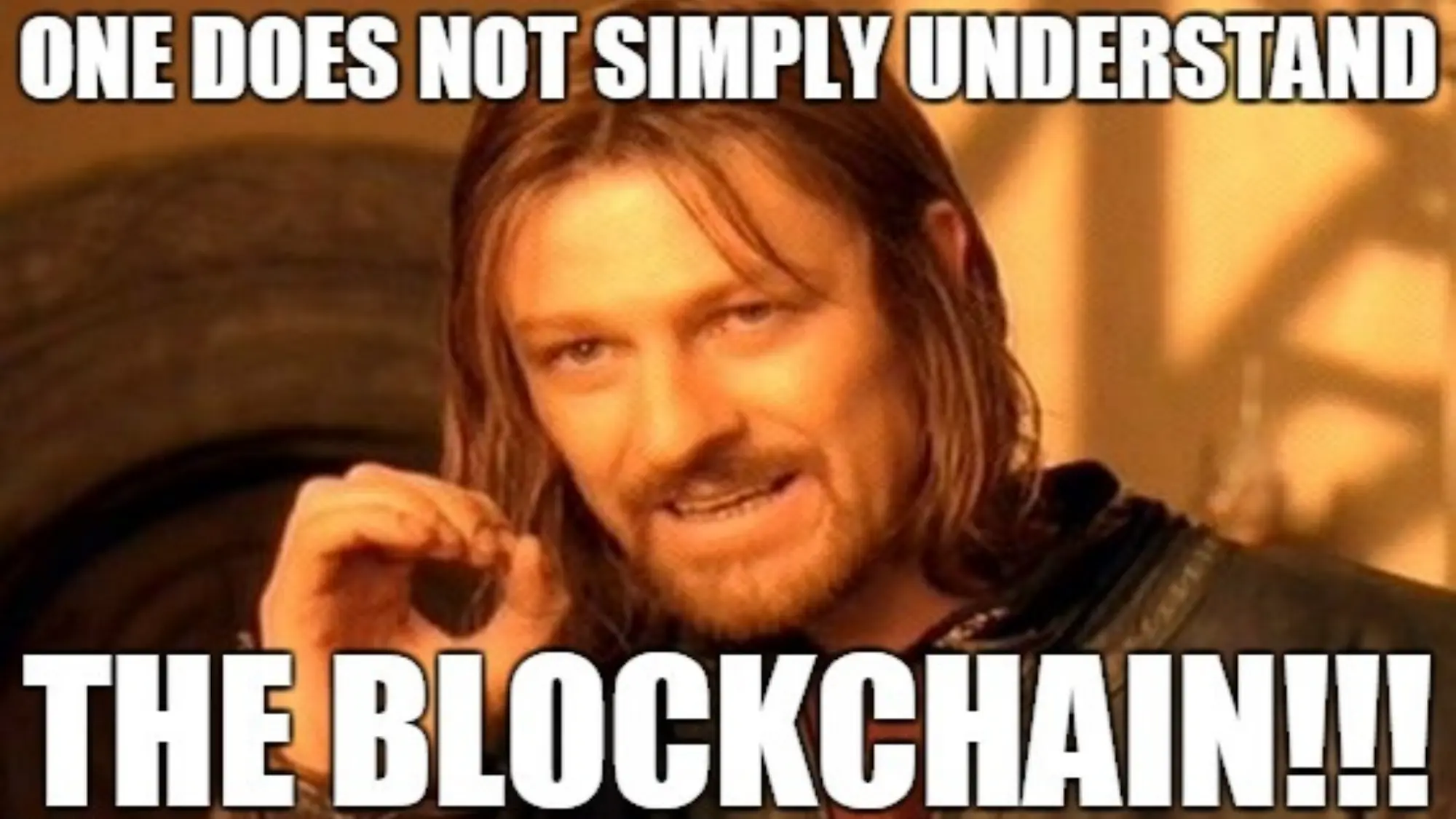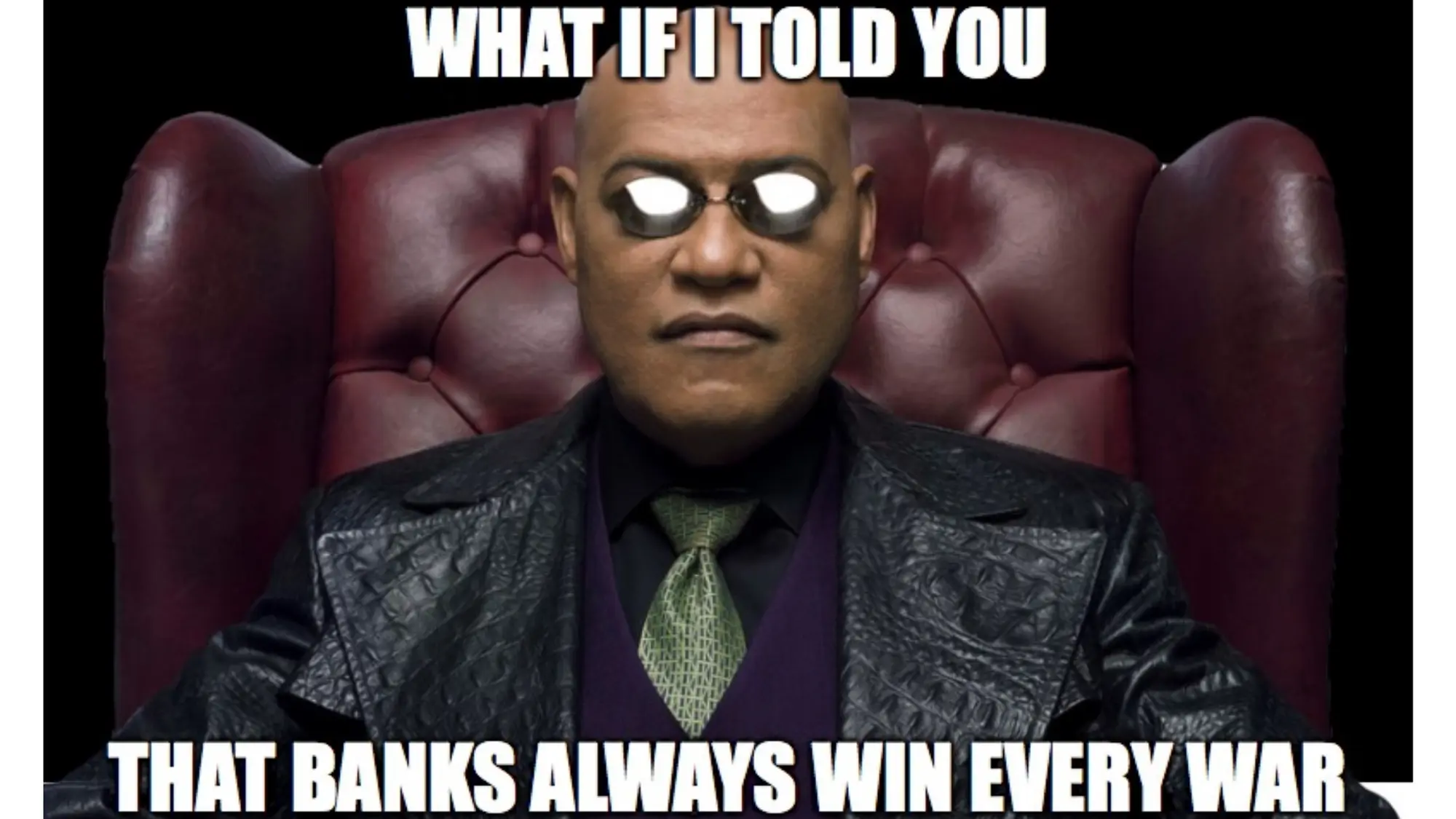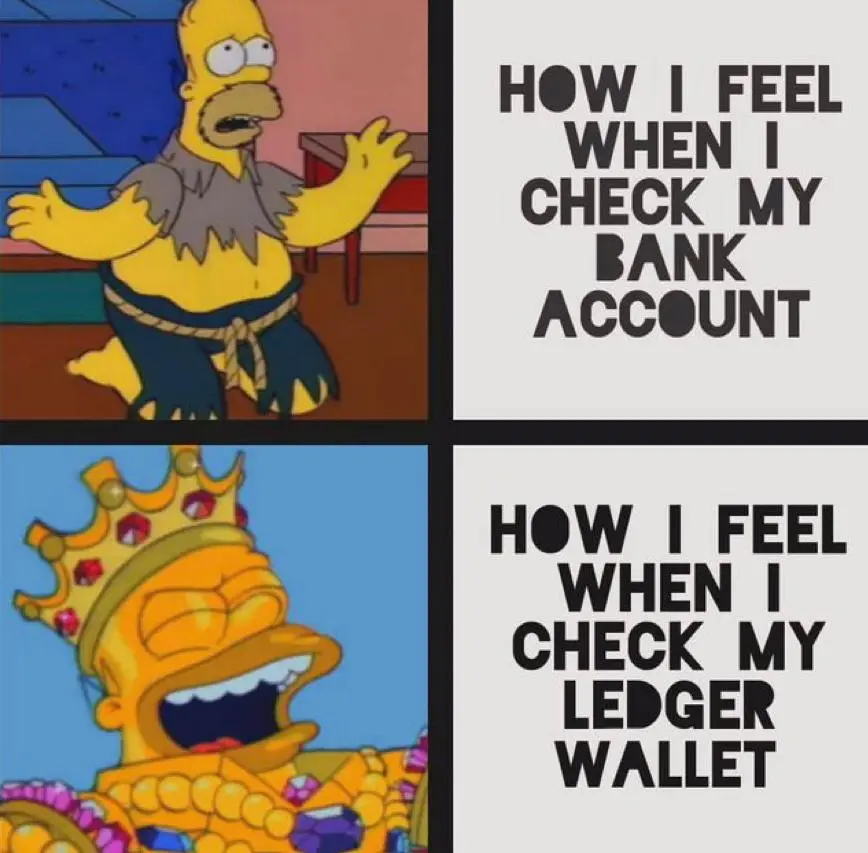
Bitcoin and other cryptocurrencies have been the rage these past few years. Although the crypto market is currently down at the moment, it wasn’t long ago when big names such as Tesla, MasterCard and Paypal, were all eagerly buying into Bitcoin. Similary, NFT’s also made a big splash when they arrived on the scene. If you are reading this, chances are you probably own one yourself (hopefully a Trippie) or are considering owning one (hopefully a Trippie).
Another term that is frequently heard in association with Bitcoin and NFT’s is ‘Blockchain’. It’s the technology that powers them both. There are several other applications that are now being built on blockchains as well. But what is a Blockchain? If you’ve ever wondered this, we have come to answer that question for you in simple layman terms. So let’s dig deeper.

Blockchain is a technology that is designed to facilitate exchange of information between parties without any intermediary hiccups. It’s perhaps best explained with an example. Let’s use the example of a financial transaction as this is the most familiar application of blockchain to most people. We live in a digital world these days and have built many applications using computers and the internet. Banking is no different.
Let’s take a look at what happens today when you send money to someone. The transaction that ought to happen between you and your intended recipient, has to go through a middleman, the bank in this case. There are many delays that are introduced along the way. The bank needs to ensure that you have enough money in your account to make the transaction. It also looks at whether or not you have any daily transaction limits. More often than not, there are also wait times associated with clearing the transactions. And lets not forget transaction fees, mix ups and online security issues.

This is where blockchain comes in. Imagine sending money or an alternative store of value, let’s say bitcoin, to your friend. Since bitcoin leverages blockchain, the transaction is written and stored on a ‘block’ of information where it is immortalized. These blocks are created for both the sender and the recipient and act as ledgers where the amount deducted from one end is credited to the other. The blocks are linked to each other and are encrypted to ensure further security of the data within. Only someone who holds a unique key can access the information within and this is the individual whom the information is meant for. This unique key is so secure that it will require more energy that exists within the solar system to break it.
As more blocks are created and get linked to each other, they create a network. The ledger that is contained and maintained across the network, is shared which makes it immune to changes. Anytime a transaction is carried out, all ledgers across the network are updated which protects it against hacking and counterfeiting. This is because a hacker will have to take out at least half the network which is spread globally, in order to wrest any sort of meaningful control. This concept of spreading information out is called decentralization.
So far we have discussed the technical piece of the equation. From the end user’s point of view, every user is given a set of keys. One of these keys is a public key that is visible to everyone on the network. The other is a private key and is meant to be kept safe by the user, away from the prying eyes. These keys are unique to one particular individual’s identity. When you send a bitcoin over this network to a particular unique public key – in this case a wallet address – the information related to this transaction is transcribed on a digital contract signed using your private key. This contract is now added to the global blockchain network where it is processed for delivery to your intended recipient’s wallet. It is only this recipient who can unlock this contract and receive the contents i.e. bitcoin using their private key.
This entire network and the millions of transactions that are occurring on it, is powered by individuals across the world who have lent their computers to facilitate and validate these transactions. It is upon the validation of these transactions that these data carrying blocks are connected to the chain. The people providing this service are called miners who are rewarded with bitcoin as well for providing their resources (computer power).
Although the majority of blockchain examples are related to financial transactions, the ideas of decentralization, cryptography and resistance to alteration associated with blockchain, can be applied to many other fields. Any exchange which involves trusting others can be simplified using blockchain. Think about money donated to charitable causes. How much of it actually ends up where it’s most needed and how much of it goes into administrative costs or worse into pockets of undeserving people. Similarly, think about your tax dollars and how they are spent. By building these systems on a blockchain utilizing smart contracts, you can easily track the money trail and provide transparency for everyone involved.

Now that you understand what blockchain is and how it works, we are sure that you can think of its many applications. This knowledge will also help you make informed decisions about investing in cryptocurrencies and other blockchain related assets.